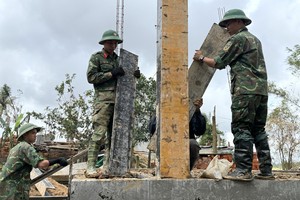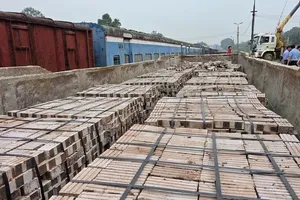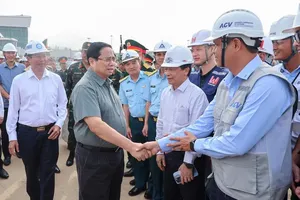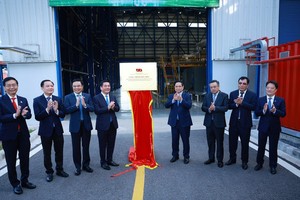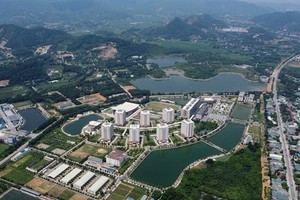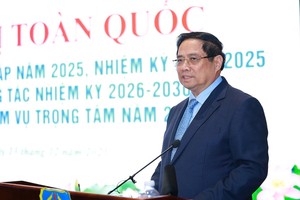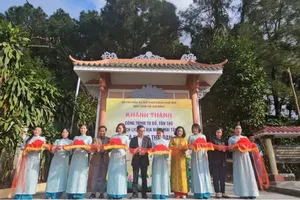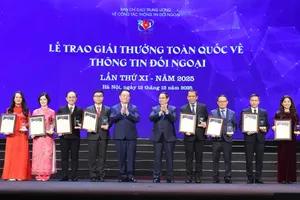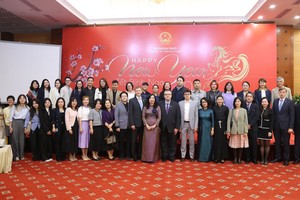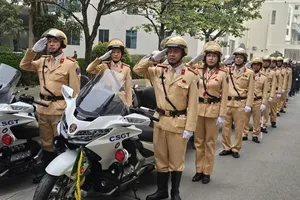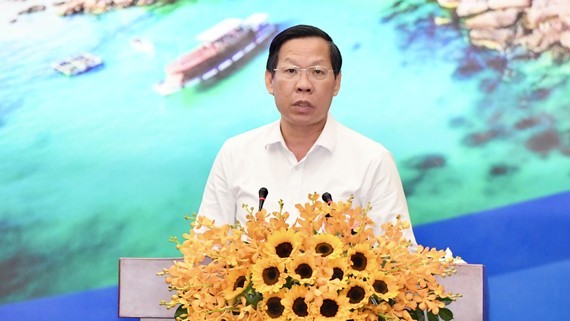 Chairman of the HCMC People’s Committee, Phan Van Mai speaks at the conference .
Chairman of the HCMC People’s Committee, Phan Van Mai speaks at the conference .
The statement was made by Chairman of the HCMC People’s Committee, Phan Van Mai at a conference reviewing the implementation of the Politburo’s Resolution No.53-NQ/TW, dated August 29, 2005, on promoting socio-economic development and ensuring national defense and security in the southeastern region and the southern key economic region by 2010 with a vision towards 2020, along with Conclusion No. 27-KL/TW, dated August 2, 2012, on continuing to materialize the resolution.
The meeting was held by the Ministry of Planning and Investment in collaboration with the Party Committee and People’s Committee of HCMC, and the Government Office in the city on July 9 chaired by Prime Minister Pham Minh Chinh, with the presence of Minister of National Defense General Phan Van Giang, Secretary of the HCMC Party Committee Nguyen Van Nen, Minister of Planning and Investment Nguyen Chi Dung, Deputy Minister of Public Security Colonel General Lương Tam Quang, and participated online by Deputy Prime Minister Le Minh Khai in Hanoi.
The city’s chairman said that resolution 53 helped the Southeast region and the southern key economic region maintain their leading positions in the sectors of society, sciences and technology and take the role of a financial and logistic center and the country’s largest international trade hub.
However, there were challenges that restrained the region’s development and economic growth rate. HCMC donated more than 50 percent to the region’s growth but its slow growth in recent years has affected the region’s growth.
 At the conference
At the conference
Other reasons were current institutions that are not enough to encourage local authorities to develop their creativity and strengthen connectivity. The role of the Steering Committee and Council of the region has not been properly promoted.
He pointed out that the functional overlapping of planning, a lack of connectivity and promotion of the strong points, the backward transport system, limited investment resources, and a shortage of mechanisms to attract investment, HCMC’s slow development in many fields and rising problems in the development process made great impacts on the region’s economy.
Chairman Mai proposed main orientations, such as building planning for the Southeast region and southern key economic region, perfecting the mechanism of connectivity, and developing regional transport connectivity which covers a range of transport modes of road, rail, and inland waterway linking the Southeast region with the Mekong Delta and Cambodia.
The region also needs a stronger investment in developing human resources training centers; building infrastructure for digital transformation and regional database; developing HCMC into a regional and international center of finance, logistics, creative and innovative start-ups, healthcare, human resource training; and carrying out the digital transformation program in the city, he added.






